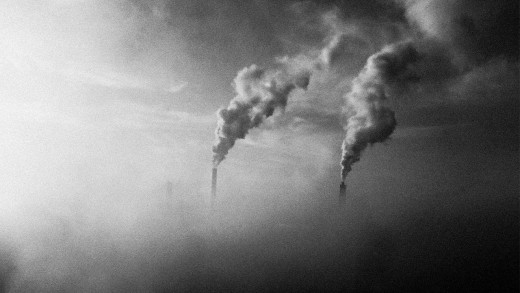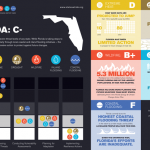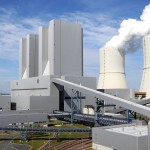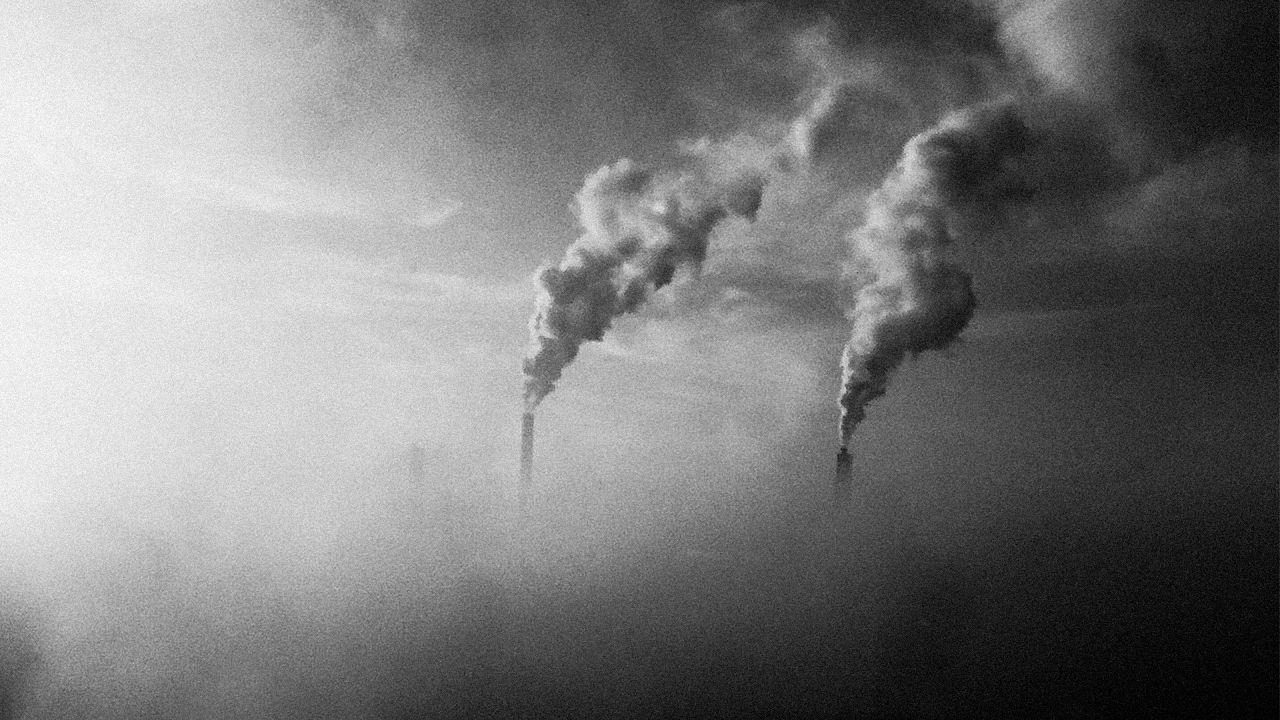Obama’s local weather Plan Goes a long way, but no longer just about a ways sufficient
we all know how much we want to cut back emissions to stop global disaster. The plan does not come with reference to getting us there.
August 4, 2015
“there’s this sort of thing as being too late.” So mentioned President Obama as he unveiled the new clean energy Plan, which targets to battle climate exchange—and theoretically assist forestall catastrophic impact—by cutting emissions from power crops. through 2030, through speeding up the closure of coal energy crops, the plan would trim electrical energy pollution through a 3rd.
it’s a step in the correct path, particularly for air air pollution in the communities that must live next to power plants. but is it sufficient to help avoid 2°C of world warming, the point at which issues start taking a look more apocalyptic? closing year, the UN’s Intergovernmental Panel on climate trade mentioned that in an effort to keep within the two-degree limit and keep away from disaster, we’d have to chop emissions forty one%-72% by means of 2050.
power vegetation, sadly, are handiest a fraction of U.S. emissions. “electricity is only about 20% of all vitality, so this interprets into decreasing most effective about 6% of U.S. greenhouse fuel emissions through 2030,” says Mark Jacobson, director of the environment and power software at Stanford college. “that is very insufficient.”
whereas Obama has also proposed any other new local weather requirements in the course of the EPA, like tighter gasoline-economic system requirements and slicing methane emissions from oil and gasoline wells, none of it adds as much as what the IPCC says is important.
At Stanford, Jacobson has researched what it could take for each state to move to a hundred% renewable power—not simply electricity, however transportation and heating and cooling. it can be technically and financially feasible, he found, for every state to get 80%-eighty five% renewable vitality by 2030. by way of 2050, there is no purpose we couldn’t run on a hundred% renewable energy.
Jacobson and fellow researchers laid out a detailed roadmap exhibiting how each state might run on wind, solar, and hydropower—no oil, coal, or pure fuel. (The researchers additionally eradicated nuclear power, carbon capture, biofuels, which they are saying result in different problems). The modeling showed that we’d turn out with extra jobs, better health, and a dependable electrical grid.

Some states are already partway there. California and ny have each pledged to scale back round 50% of climate emissions by 2030. Hawaii plans to chop emissions in the electrical energy sector by means of 100% through 2045. “We in point of fact need 80% rate reductions in all sectors with the aid of 2030,” Jacobson says.
He additionally argues that Obama do not need included carbon seize as a part of his plan—due to the fact that carbon seize itself requires 25% extra power, and results in extra pollution from other chemical substances. “this system would make it the ‘soiled power Plan’ quite than the easy energy Plan,” he says.
different countries—with far fewer financial tools—have already made the shift. “Albania, Paraguay, and Zambia already produce nearly one hundred% of their electricity from smooth energy (hydroelectric in this case),” he says. “the us will have to attempt to do higher than 32% of electrical energy and 6% of all vitality by means of 2030.”
it is now not even clear that the brand new plan would dramatically exchange the sluggish drop in coal power technology that is already going down. in truth, because the plan stands, an EPA record found that it will reduce coal power plant era at at a relatively slower fee than it has already been happening anyway over the previous couple of years.
Can the shift to clean vitality occur without robust federal management? “it is happening, state via state,” says Sarah Shanley Hope, govt director of the options challenge, a nonprofit that’s the usage of the Stanford research to push states to move to one hundred% renewables. The group has a map of the us of a displaying how renewables are quickly growing far and wide from Iowa to Texas. but a carbon tax, which is able to most effective come from the federal govt, would go a long way towards helping as smartly.
“i am in Buffalo, new york at the moment, and that i toured the west aspect of Buffalo—low earnings communities, mostly immigrants, are adopting sunlight panels, geothermal, energy efficiency, and it can be saving them cash nowadays, because the state applications have removed the barriers for them to access,” she says. “that’s what must occur throughout the country. it is now not the applied sciences, it can be the politics which might be the barrier.”
“If the technology and the economics say that you may take daring action as of late, and you have Apple, Google, Ikea, even Walmart atmosphere those targets and enforcing them, then why can’t elected officers and government move wholesale to beef up that transition?” she says. “Let’s use this second. Let’s use this new ground of the easy power Plan to—on the state level—set formidable objectives on the smooth energy and efficiency and community merit aspect. This isn’t pie-in-the-sky. States must be chomping on the bit to build their very own easy vitality industries and infrastructure. there isn’t a query that we should be atmosphere 100% easy power by 2050 as the goal.”
[top picture: Flickr person Ben grey]
(136)














